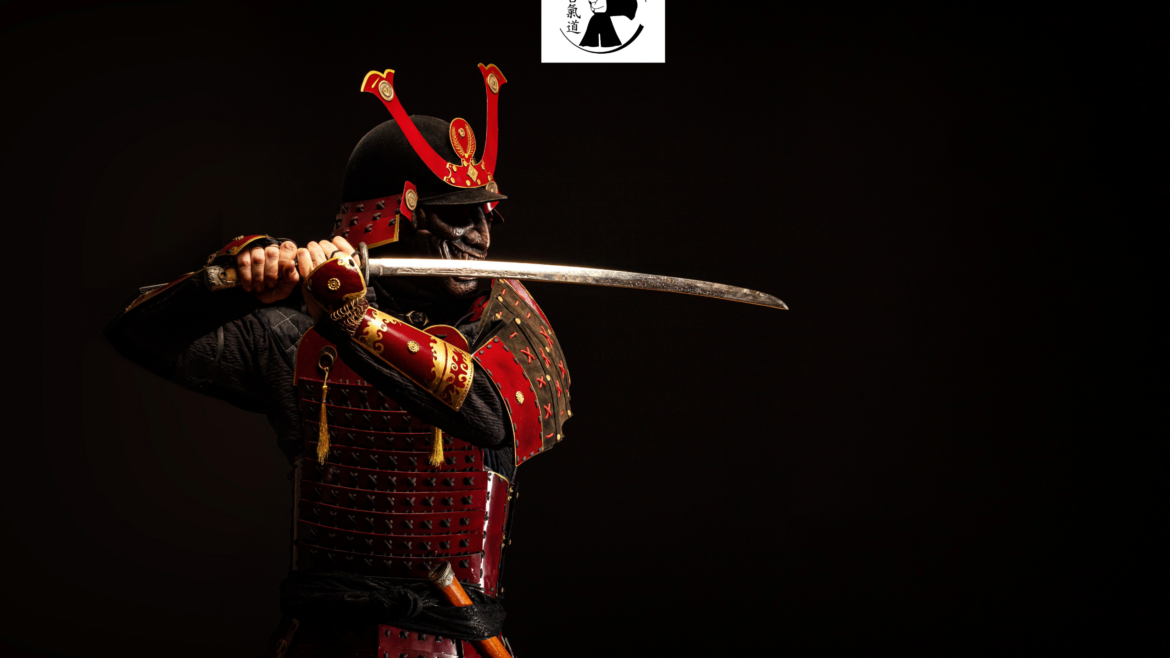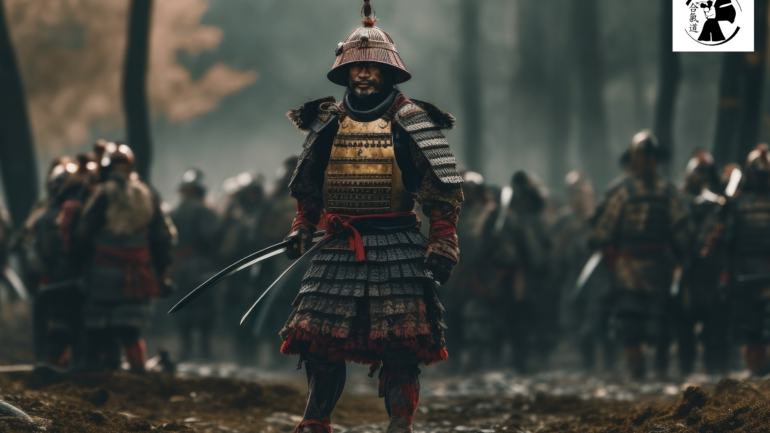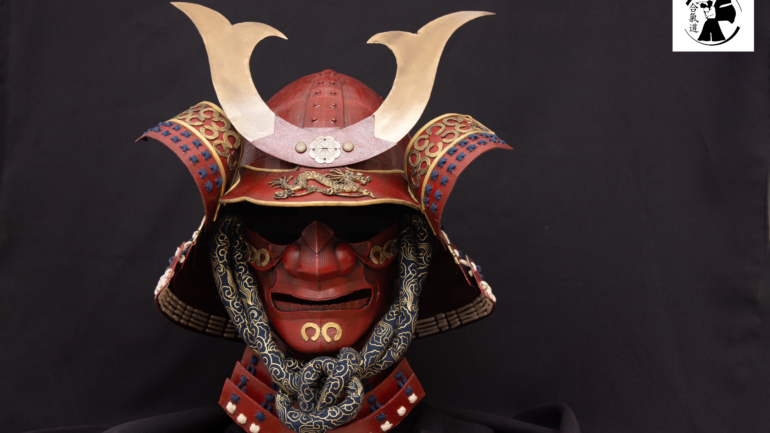If you are keen on the history of Japan during the period of warrior rule (c. 1200 –1850), there are many good books available. Here is one example of a well researched and beautifully illustrated study of one aspect of this period.
ARMS AND ARMOUR OF THE SAMURAI
Ian Bottomley and A.P. Hopson
1988
Here are a few excerpts with my additional commentary.
In sword making it is important to know just how far the forging process should be taken; too little and the metal is not as hard as it could be, while over-working causes it to become weak and more liable to fracture.
When dry, the clay-coated blade was heated…so that the temperature of the hot metal could be judged by its colour…When at precisely the right temperature [when judged by eye by the smith], the heat-softened blade was plunged edge down into water, which was also at a critical temperature. The layer of clay surrounding the blade delayed the chilling of the body sufficiently to prevent it being hardened while allowing the full rapid cooling to take place along the edge. It was during this stage that the blade assumed most of its graceful curve; the differential quenching caused the back to contract more than the edge.
Quality sword production was time-consuming and costly, more than twenty days to produce a roughly polished blade, plus time for the fittings, scabbard, etc. Sword smiths gradually gained status as indicated by having surnames.
[The encounters with Mongol invaders in the late 13th century led to changes in fighting strategy as well as arms and armour.] Mounted archery became less important [because the Mongols would not fight duels as Japanese had done in the past.] [Archery was not abandoned but the sword and naginata were taken up more rigorously.] Battles were no longer haphazard scrambles for glory and reward; now the troops were carefully orchestrated in tactical maneuvers based on Chinese military texts. Commanders took a less active role in the actual fighting, being positioned with their guard on vantage points where they could direct the movement of their troops, generally by means of a war fan [gunsen].




